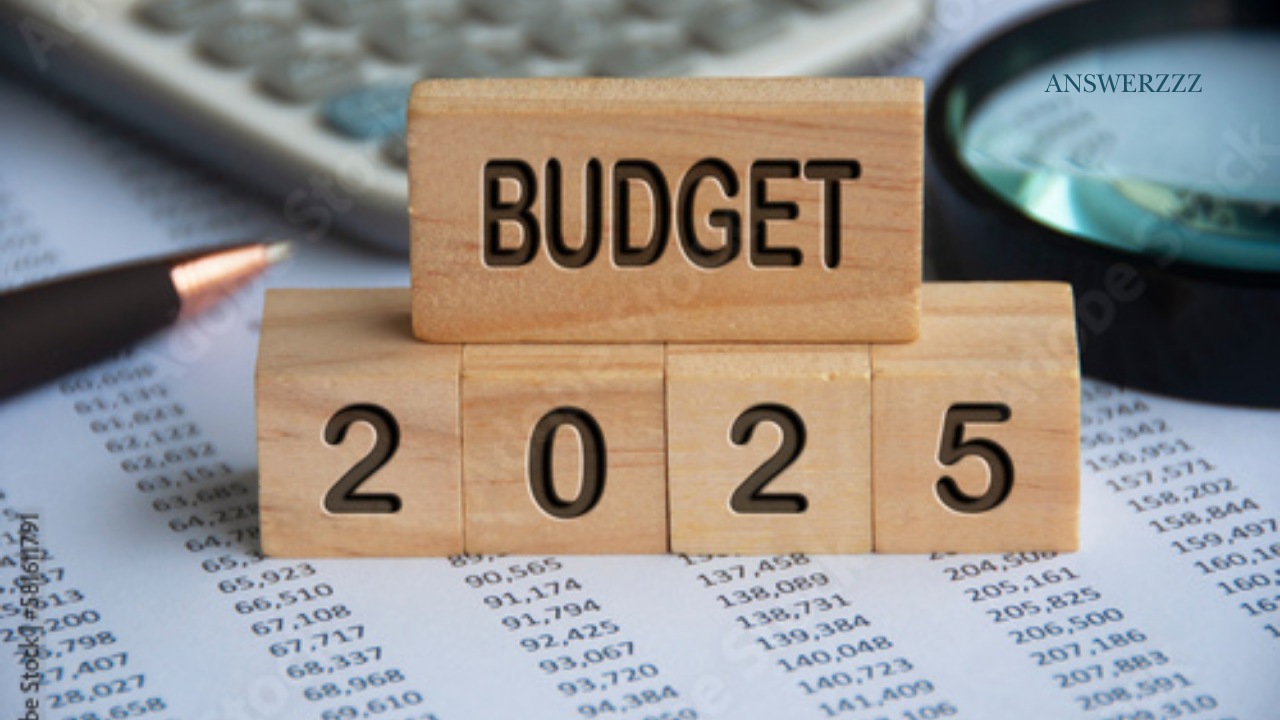Budgeting in 2025 is all about maximizing the value of every dollar while leveraging modern tools and techniques to simplify financial management. With economic uncertainty, inflation, and evolving financial products, it’s more important than ever to adopt smart budgeting strategies. Here are actionable budgeting hacks designed to help you stretch your dollars further in 2025.
1. Automate Your Budgeting with AI-Driven Apps

As budgeting apps grow more sophisticated, many now incorporate AI-powered tools to track spending, categorize expenses, and identify saving opportunities. Apps like Mint, You Need a Budget (YNAB), and newer platforms like Simplifi by Quicken can automatically analyze your spending patterns and make tailored suggestions on how to cut costs.
How to Get Started:
- Set clear savings goals within your chosen app so it can provide insights into where you’re overspending.
- Use automatic categorization to understand where your money is going. AI-driven insights will then suggest ways to reduce expenses in certain categories, such as dining out or subscriptions.
2. Embrace the 50/30/20 Rule with a Twist
The traditional 50/30/20 rule allocates 50% of your income to needs, 30% to wants, and 20% to savings. For 2025, a slight twist can enhance savings: consider a 45/25/30 split where you allocate 45% to needs, 25% to wants, and 30% to savings and investments.
Why This Works:
- Increasing your savings and investments to 30% gives you a stronger financial cushion, which can be crucial in times of economic uncertainty.
- Shaving 5% off “wants” can help you focus on discretionary spending that truly adds value to your life.
3. Optimize Grocery Shopping with Smart Planning and Cashback Apps
Grocery prices have risen, making it essential to cut costs without sacrificing quality. Use digital tools to find discounts and cashback opportunities on essential purchases.
Tips for Grocery Savings:
- Plan meals to prevent unnecessary purchases.
- Use cashback apps like Rakuten, Fetch Rewards, and Ibotta to earn rebates on grocery purchases. Many of these apps partner with retailers and brands, providing additional savings on frequently bought items.
- Bulk buying and meal prepping can save both money and time. Purchasing staple foods in bulk and preparing meals ahead ensures you get the most out of each grocery trip.
4. Leverage High-Yield Savings Accounts and Short-Term Investments
Traditional savings accounts often offer minimal returns. In 2025, consider high-yield online savings accounts or short-term, low-risk investment options to ensure your savings grow steadily.
Smart Savings Options:
- High-yield savings accounts (HYSA): These accounts, available at many online banks, offer much higher interest rates than standard savings accounts.
- Money market accounts and certificate of deposit (CD) ladders are alternatives that can provide higher returns for short-term savings.
- Series I Bonds and Treasury Bills: I Bonds, which are indexed to inflation, offer a safe way to preserve the purchasing power of your savings.
5. Maximize Rewards from Credit Cards and Cashback Programs

Credit cards, when used responsibly, can be powerful tools for saving money. Look for cards that offer high cashback on categories where you spend the most, such as groceries, gas, or travel.
Strategies to Optimize Credit Card Rewards:
- Use a cashback or rewards card with no annual fee that aligns with your spending habits. For example, some cards offer 5% cashback on rotating categories or double rewards points on dining.
- Pay off the balance monthly to avoid interest charges, as high interest can negate any rewards earned.
- Stack rewards by combining cashback from credit cards with cashback apps.
6. Adopt a “Zero-Based Budget” Approach
The zero-based budget allocates every dollar of your income to a specific category, ensuring no money is left unassigned. This method prevents “budget creep” and promotes mindful spending.
How to Use a Zero-Based Budget:
- Calculate your total monthly income and assign every dollar a purpose, including bills, savings, investments, and even entertainment.
- Use budgeting apps like YNAB to simplify the process. This app is specifically designed around zero-based budgeting principles.
7. Reduce Subscription Costs with Audit Tools
Financial Freedom in 2025: Top Money-Saving Tips You Need to Know
Subscription services are easy to accumulate and often difficult to track. Use tools that help you identify active subscriptions and suggest which ones you can cancel or renegotiate.
Subscription Management Tips:
- Apps like Truebill and Trim can audit your subscriptions and recommend which ones to cancel or renegotiate.
- Opt for annual subscriptions where possible, as many services offer significant discounts for upfront payment.
8. Minimize Utility Expenses with Energy-Saving Habits
Energy costs can be a hidden expense that significantly impacts monthly budgets. Consider adopting energy-efficient practices and tools to reduce these expenses.
Energy-Saving Hacks:
- Install a programmable thermostat to manage your home’s temperature automatically and cut down on heating and cooling costs.
- Switch to LED lighting and other energy-efficient appliances that use less electricity.
- Use energy-monitoring devices like Sense or Emporia to track your electricity usage and identify energy-draining appliances.
9. Plan for Major Purchases with Sinking Funds
Sinking funds are separate savings pools for planned expenses, such as vacations, car repairs, or holiday shopping. These funds make large expenses more manageable without affecting your regular budget.
Setting Up Sinking Funds:
- Decide on the major expenses you’ll face over the year and determine how much you need to save each month.
- Open separate savings accounts or use a budgeting app that allows you to categorize and track each fund easily.
10. Master the Art of DIY for Small Repairs and Upgrades
With rising costs in goods and services, DIY (Do It Yourself) is a budget-friendly option for small repairs and home improvement projects.
Getting Started with DIY:
- YouTube tutorials and apps like TaskRabbit provide step-by-step guides on everything from fixing a leaky faucet to repainting a room.
- For beginners, start with small tasks, like sewing a torn button or planting a small garden, and build up to more complex projects.
11. Reevaluate Transportation Costs and Consider Alternative Options
Car payments, fuel, insurance, and maintenance can consume a large portion of a monthly budget. In 2025, evaluate if alternative transportation methods can reduce these expenses.
Cost-Effective Transportation Options:
- Carpool or use ride-sharing for commuting to save on gas and maintenance.
- Public transportation may offer monthly or yearly passes that cost less than driving.
- For short distances, consider biking or walking to save on fuel and add a healthy habit to your lifestyle.
12. Make Use of Community Resources and Free Entertainment
Many communities offer free or low-cost events, workshops, and resources. Libraries, community centres, and online platforms are excellent sources for finding budget-friendly entertainment and activities.
Accessing Free or Low-Cost Community Resources:
- Local libraries often offer free access to digital books, movies, and events.
- Community centres may offer free classes, from fitness to crafts, which help reduce entertainment costs.
- Keep an eye on platforms like Eventbrite or Facebook Events for free local activities and workshops.
13. Regularly Assess Your Insurance Policies
Insurance costs can add up quickly, and many people overpay for policies they no longer need or that don’t provide the best coverage. Conduct regular reviews of your policies to ensure you’re getting the best deal.
Tips for Insurance Savings:
- Shop around for car, home, and health insurance every few years, as new companies or policy options might offer lower premiums.
- Consider raising deductibles on auto and home insurance if you rarely make claims.
- Bundle policies (like home and auto) under one provider, as many insurers offer discounts for multi-policy holders.
14. Set Up a Weekly Spending Review to Stay Accountable

A quick weekly review of your finances can help you spot trends, adjust spending, and make informed choices about your budget. It’s a habit that can significantly improve financial discipline over time.
Implementing Weekly Reviews:
- Spend 15–20 minutes each week going over your transactions and making note of areas where you may have overspent.
- Adjust your budget as needed and set small, achievable financial goals for the following week.
15. Invest in Yourself Through Education and Skills Development
Sometimes, the best way to stretch your dollar is to increase your earning potential. Consider free or low-cost online courses that can boost your skills and improve your job prospects.
Ideas for Self-Investment:
- Websites like Coursera, Udemy, and LinkedIn Learning offer affordable courses that enhance your skillset in various fields.
- Building new skills can open the door to side jobs or promotions, making your financial future more secure.
Creating Content That Engages: Blogging Tips and Tricks for 2025
In 2025, a well-organized budget can serve as a powerful tool for achieving financial stability and resilience. By adopting these budgeting hacks, you’ll be better prepared to face economic challenges, secure your financial goals, and ultimately, stretch your dollars further than ever before. Whether it’s through smarter saving, disciplined spending, or investment in yourself, these strategies empower you to make the most of every dollar.



